How to Create a Website with Elementor: A Web Designer’s Guide
![]() by Fabio Peters
by Fabio Peters
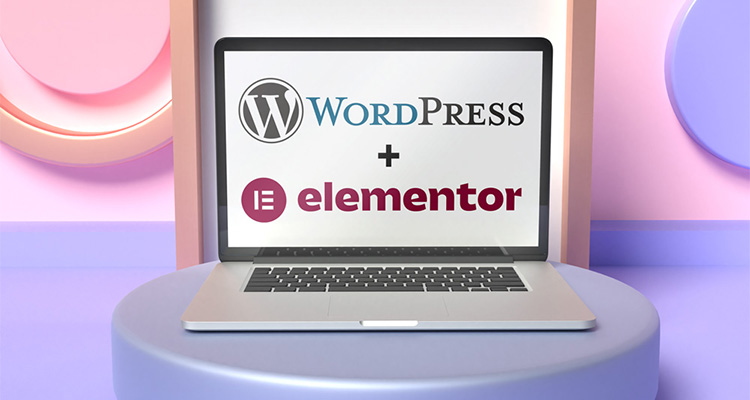
How to Create a Website with Elementor
In today’s digital age, having a strong online presence is essential.
Whether you’re a budding blogger, a small business owner, or a seasoned web designer looking to revamp your portfolio, creating a WordPress website is an excellent choice.
WordPress is a versatile platform that offers you the freedom to design a website that truly reflects your unique brand or individuality.
In this guide, I’ll take you through the journey of building your own WordPress website, from securing web hosting and a domain name to designing it with the powerful Elementor page builder.
Let’s embark on this exciting digital adventure!
Choose Your Web Hosting
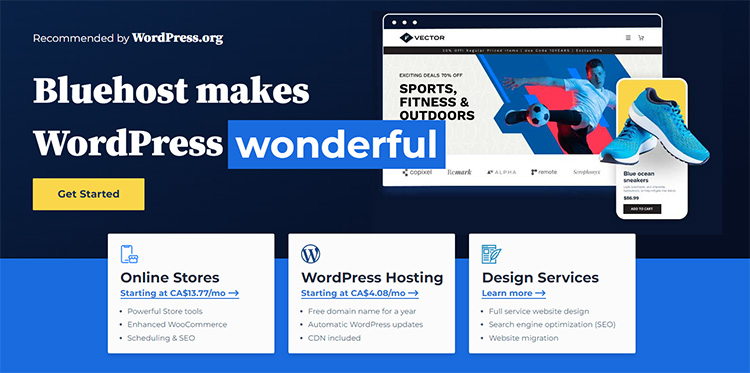
As an experienced web designer, I’ve worked with various web hosting providers, and I know that selecting the right one can make all the difference in your website’s performance.
A reliable hosting service ensures that your website loads quickly and is accessible to your visitors at all times.
When it comes to web hosting, I strongly recommend Bluehost. This hosting provider offers top-notch service and excellent customer support.
They also provide easy one-click WordPress installation, which simplifies the process for beginners and experts alike.
Once you’ve chosen your hosting provider, sign up for a hosting plan that suits your needs.
Many providers offer various packages, but I’d suggest going with a shared hosting plan if you’re just starting. It’s budget-friendly and sufficient for most new websites.
Secure Your Domain Name
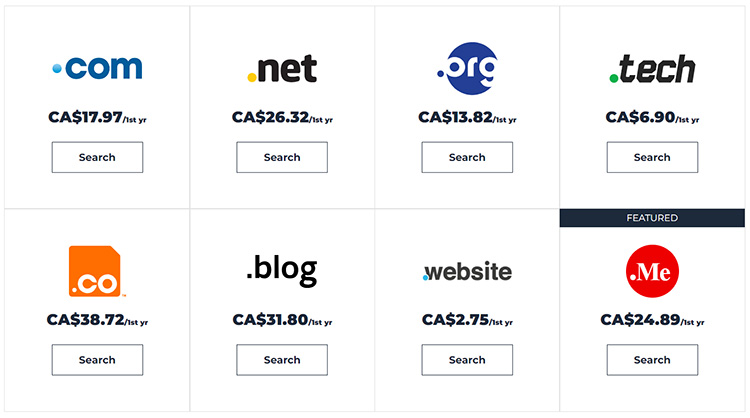
A domain name is your website’s address on the internet, and it’s essential for building a strong online brand.
When selecting a domain name, remember that it should be memorable, reflect your brand, and be easy to spell.
If your preferred domain name is already taken, get creative with domain name variations or consider using different domain extensions, like .net or .io.
Most web hosting providers offer domain registration services, so you can easily purchase your domain name when signing up for your hosting plan. It’s a convenient way to manage everything in one place.
Install WordPress
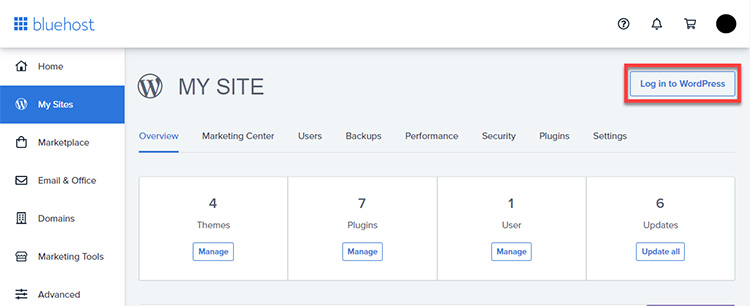
With your hosting and domain name secured, it’s time to install WordPress. As a web designer, I appreciate the simplicity of this step.
Most hosting providers offer a one-click installation process, which means you won’t need to delve into the technical aspects of website setup.
Once WordPress is installed, you can access your website’s dashboard by visiting “yourdomain.com/wp-admin” in your web browser.
Here, you’ll be able to configure your website, choose a theme, and add essential plugins to enhance functionality and security.
Select a Stunning Theme

Now, let’s discuss the visual aspect of your website. As a web designer, I know how important it is to choose a theme that aligns with your brand identity and appeals to your target audience.
WordPress offers a plethora of themes, both free and premium, catering to various styles and industries.
Consider what your website’s purpose is and the emotions you want to evoke in your visitors.
Once you’ve established your goals, explore the WordPress Theme Directory or premium theme marketplaces like ThemeForest for the perfect design.
I recommend going for a responsive theme to ensure your website looks fantastic on any device.
Optimize Your Website with Essential Plugins
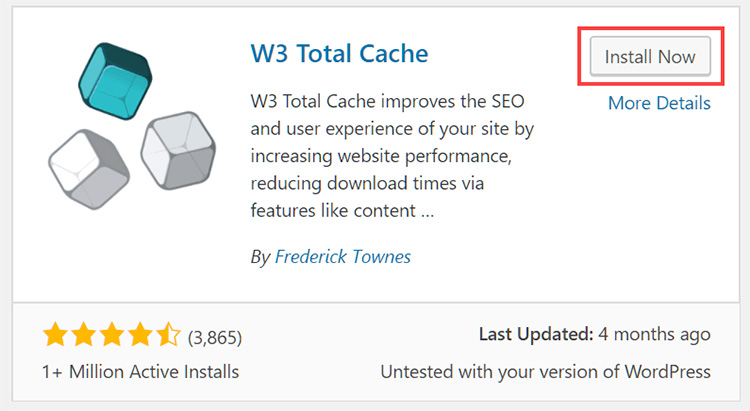
Plugins are the secret sauce to extending your website’s functionality.
While it’s tempting to load up on plugins, it’s crucial to be selective and only install what’s necessary.
Here are a few essential plugins I recommend:
Yoast SEO: This plugin helps you optimize your website for search engines, improving your chances of ranking higher in search results.
W3 Total Cache: It enhances your website’s performance by caching and optimizing various aspects, making your site load faster.
Wordfence Security: Security is paramount, and Wordfence helps protect your website from threats and provides firewall protection.
UpdraftPlus: Regularly back up your website to safeguard your data. UpdraftPlus simplifies this process.
Smush: Compress and optimize your images to enhance loading times and improve your website’s overall performance.
Create Engaging Content
Content is king in the digital world, and it’s what sets your website apart from the competition.
From blog posts and articles to product descriptions and portfolio items, the quality and relevance of your content are paramount.
As a web designer, I recommend crafting visually appealing and user-friendly content that engages your visitors.
Use high-quality images and graphics, keep your text concise, and employ a clear and structured layout.
If you’re not confident in your writing abilities, consider hiring a professional content writer or editor to ensure your content shines.
Design Your Website with Elementor

Here comes the exciting part: designing your website with Elementor.
As a web designer, Elementor is one of my go-to tools for creating stunning, customizable websites.
It’s a drag-and-drop page builder that allows you to design your website visually, without any coding knowledge.
Start by creating a new page or editing an existing one in the WordPress dashboard. Then, click on the “Edit with Elementor” button.
You’ll be taken to the Elementor editor, where you can start building your website using a variety of widgets, blocks, and templates.
Elementor’s intuitive interface makes it easy to customize your website’s layout, typography, colors, and spacing.
You can also add interactive elements like sliders, forms, and pop-ups to engage your audience further. The possibilities are endless, and the results are impressive.
Test and Optimize
Before launching your website, thoroughly test it to ensure everything works seamlessly.
Check for broken links, verify that contact forms function correctly, and ensure your website loads quickly on different devices and browsers.
Use tools like Google PageSpeed Insights and GTmetrix to assess your website’s performance and make necessary optimizations.
It’s also important to optimize your website for search engines.
Use Yoast SEO to create meta titles and descriptions for your pages, and focus on keyword optimization to improve your website’s visibility in search results.
Launch Your Website
Once you’re satisfied with your website’s design, content, and performance, it’s time to share your creation with the world.
In your WordPress dashboard, go to “Settings” and then “Reading” to adjust your site’s visibility. Make sure your website is set to “Public” and save your changes.
With your website now live, it’s time to promote it on social media, through email marketing, and by engaging with your target audience.
The more effort you put into marketing and driving traffic to your site, the more successful it will be.
Continuously Improve and Update
Creating a WordPress website is not a one-time task; it’s an ongoing process.
To maintain a strong online presence and engage your audience, regularly update your content, check for broken links, and implement any necessary improvements.
The digital landscape is constantly evolving, so staying up-to-date is crucial.
As a web designer, I encourage you to explore new design trends and technologies to keep your website fresh and exciting.
Consider adding new features, expanding your content, and optimizing for mobile devices to ensure your website remains relevant and user-friendly.
Conclusion
Creating a WordPress website is an exciting journey. As an experienced web designer, I’ve guided many through the process, witnessing visions come to life.
In this article, we’ve covered essential steps: hosting, domains, WordPress installation, plugins, content, and Elementor design. Your strong online presence is within reach.
Remember, your website mirrors your skills and creativity. User experience is key, so showcase your talents. Adapt and grow in the evolving digital landscape to stay captivating and relevant.
Craft a unique digital identity in a crowded virtual world. Embark on an adventure of creating a beautiful website that reflects your passion and creativity as a content creator.
Editorial Process:
The reviews on this site are crafted through diligent research, collecting expert insights, and drawing from genuine, real-world experience. You can learn more about our editorial process here.
It’s worth noting that certain links within this article may be affiliate links. This means that if you choose to purchase a paid plan through these links, we may receive compensation at no extra cost to you. Rest assured, these are products and services that we have personally tested, used, and wholeheartedly endorse. We want to emphasize that our website is not intended to offer financial advice. Your trust and satisfaction are our top priorities.



